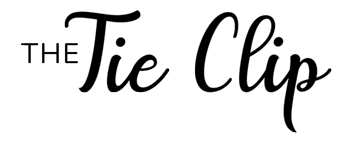Ties
What is a Tie Clip? Why Every Man Needs One
Ties, including tie clips, tie bars, and tie tacks, have a rich history in classic menswear. However, many modern men overlook these essential accessories. In this article, we will explore the significance of tie clips and why every man should consider incorporating them into his wardrobe. Join us as we delve into the world of tie accessories and discover their timeless appeal and practical benefits.
1. What is a Tie Clip?
A tie clip is a practical and stylish accessory that keeps a necktie secured to a dress shirt. It prevents the tie from shifting or dipping throughout the day. Using a spring mechanism, tie clips grip both the tie and shirt fabric firmly. This sets them apart from tie bars, which simply slide over the fabric.
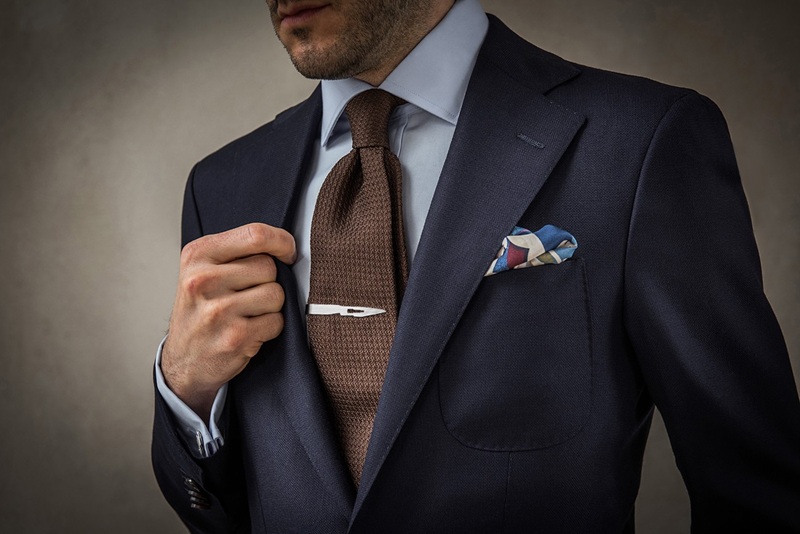
Not only does a tie clip keep your neckwear in place, but it also helps maintain its cleanliness, avoiding stains from food or spills. Additionally, tie clips allow men to showcase their personal style through various designs and emblems, enhancing their overall look.
By providing a polished appearance, a tie clip is an essential addition to any man’s wardrobe, promoting confidence and sophistication.
2. History and evolution of tie clips
The history of tie clips began in the early 20th century as a practical solution for unruly neckties. Designed to secure ties and prevent them from flapping, these accessories quickly became symbols of sophistication. In the 1920s, the tie bar gained popularity, often made from precious metals like gold and silver, featuring intricate designs that mirrored contemporary fashion. As men’s fashion evolved, tie clips became essential for enhancing formal attire, such as suits and dress shirts. By the mid-20th century, they were widely embraced by businessmen and style-conscious individuals, solidifying their place in men’s wardrobes. Today, tie clips come in various styles and materials—ranging from classic to modern—allowing men to express their personal style while maintaining a polished look for both professional and social occasions.
3. Why use a tie clip?
A tie clip has several practical and stylish uses. It keeps the tie in place, stopping it from shifting or flapping during movement—an important feature for professional and formal settings. This stability ensures a polished look by keeping the tie aligned with the shirt collar. Tie clips also protect the tie fabric from wear caused by friction with clothing or accessories. Besides these benefits, tie clips add a hint of style and elegance, letting men show personal flair within dress codes. In short, a tie clip is a useful and stylish accessory, perfect for any man’s wardrobe.
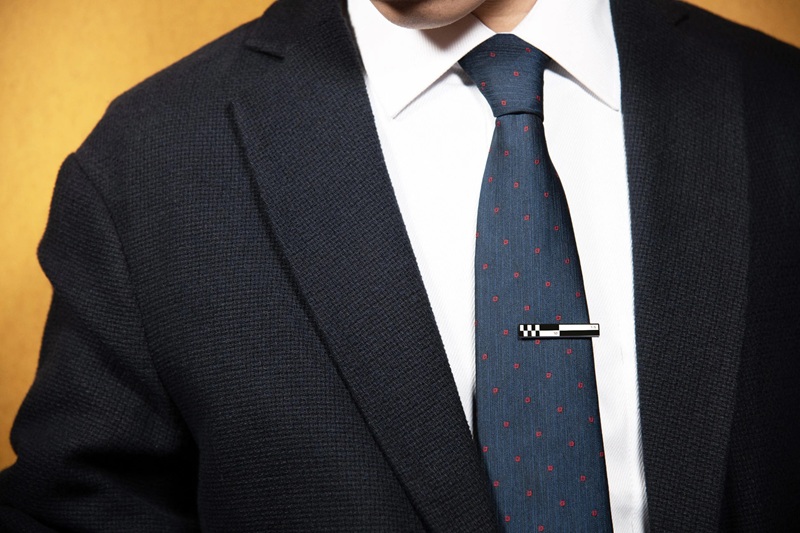
4. Difference between tie clips and tie bars, tie tacks, and other accessories
Men’s tie accessories—tie clips, tie bars, tie tacks, tie chains, and tie pins—serve different purposes while adding style. Here’s a breakdown to help you choose the right one for your look:
4.1. Tie Clip

A tie clip is a practical accessory that slides across the tie and fastens to the shirt underneath. It keeps the tie in place, adding a polished look to both professional and formal outfits. Available in various styles, from sleek metallics to decorative designs, tie clips are modern and versatile, making them a wardrobe essential.
4.2. Tie Bar

Tie bars are similar to tie clips but are thicker and more rigid. Instead of a spring-loaded clip, they rely on tension to keep the tie aligned. Tie bars offer a bold, structured look, ideal for men who want a sharp, clean detail in their outfits. They are perfect for dressier occasions and tailored looks.
4.3. Tie Chain
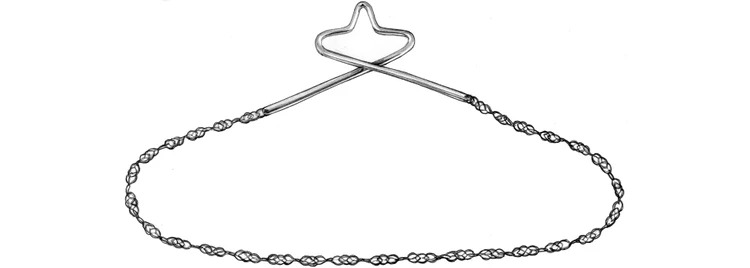
A tie chain attaches behind the tie knot and drapes in front, keeping the tie aligned with a unique, vintage touch. The chain’s dangle creates movement and works well for formal or special events, adding a stylish statement without pinning the tie to the shirt.
4.4. Tie Tack
A tie tack pins the tie through the fabric, anchoring it to the shirt. This traditional method works best with heavier fabrics, which can better conceal the pinhole. While less common today, tie tacks offer a vintage, classic charm that suits traditional styles.
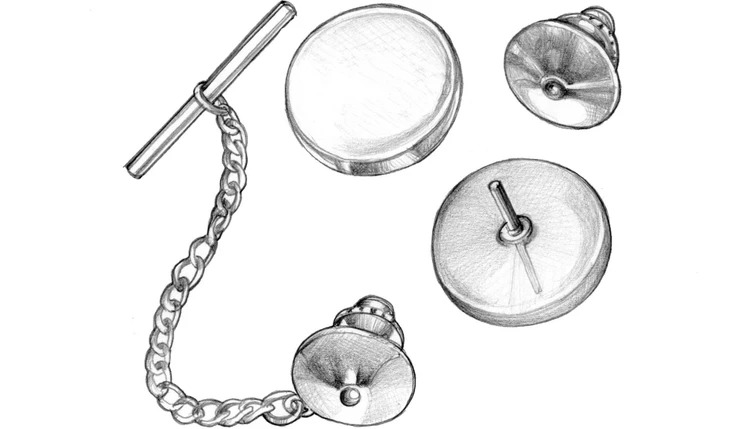
4.5. Tie Pin
A tie pin, like a tie tack, involves piercing the tie with a decorative pin. It’s less common now because it can damage delicate fabrics. Tie pins are better suited for thicker ties or vintage-inspired looks and appeal to those seeking bold style.
Each accessory has its role. Tie clips and bars are sleek, modern choices, perfect for everyday and professional wear. Tie tacks, chains, and pins create a vintage vibe but may not be ideal for all fabrics. For most men, a tie clip or tie bar is the best mix of function and style, making them essential accessories in a refined wardrobe.
5. Materials Used for Tie Bars
Tie bars come in a range of materials, each with its own look, feel, and durability. Here’s a quick guide to the most popular choices:
5.1. Stainless Steel
Stainless steel is a popular choice for its strength, tarnish resistance, and timeless look. Its polished or matte finishes work well in both formal and professional settings, adding a modern touch that suits any style.
5.2. Brass
Brass tie bars bring a warm, vintage look with a golden tone, often plated with silver, gold, or enamel. Known for its durability, brass adds classic sophistication and is built to last.
5.3. Sterling Silver
Sterling silver offers a refined, high-end look, ideal for formal occasions. While softer and needing a bit more care, silver’s bright finish makes it a top choice for special events or as a thoughtful gift.
5.4. Gold-Plated or Solid Gold
Gold tie bars, whether plated or solid, offer a warm, elegant tone that stands out beautifully on darker ties. Gold-plated bars are more affordable, while solid gold pieces are heirloom-quality.
5.5. Titanium
Lightweight yet strong, titanium is hypoallergenic and corrosion-resistant, making it ideal for sensitive skin. Its sleek, matte finish brings a contemporary edge to any outfit.
5.6. Carbon Fiber
Carbon fiber tie bars are lightweight and textured, often in shades of black or gray. This material adds a sporty, high-tech feel and is highly scratch-resistant.
5.7. Wood
Wooden tie bars, crafted from walnut, mahogany, or oak, add a unique, natural look. Ideal for creative or casual settings, wood offers warmth and individuality.
Each material offers distinct benefits. Stainless steel and brass are durable and versatile, silver and gold bring luxury, titanium and carbon fiber are modern, and wood adds an earthy feel. The right material choice can elevate your look, making a tie bar an essential accessory.
Conclusion
A tie clip is more than just a functional accessory—it’s a small detail that enhances your look and keeps your tie in place. We’ve explored what a tie clip is, why it’s worth using, and the range of tie accessories available. From tie bars to tacks, chains, and pins, each option adds its own style and purpose, letting you showcase your personality while staying polished and professional. Adding a tie clip is an easy way to elevate your outfit, making it a must-have accessory for any man’s wardrobe.
